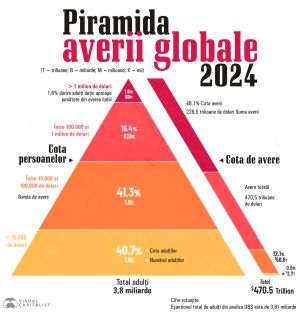
The US public debt has reached 1 trillion dollars in the fiscal year which ended on September 30 1981, after increasing by about 81 billion compared to the previous year.
The 2 trillion threshold was passed in 1986, that of 4 trillion in 1992, and since 2008 the situation has completely gotten out of control.
Since then, there can't even be talk about any exponential growth, but rather a super-exponential one, also characterized by the increase in speed. In order to determine the origin of the phenomenon, we need to go back to the summer of 1971, when president Nixon announced the "temporary" elimination of the convertibility of dollar to gold.
In the last two days of the 2019 fiscal year, which ended on September 30, 2019, the US public debt increased 100 billion dollars, and for the entire year the growth was 1.2 trillion dollars, after an increase of 1.02 trillion in the previous fiscal year.
Bigger increases were only seen during the two terms of Barack Obama, when the median of the first three years was 1.39 trillion dollars, after an increase of 1.88 trillion in the 2009 fiscal year, which was the result of the last budget execution of the government led by George W. Bush.
As can be noticed, the growth of public debt in WW2 is barely visible, as its combined value between 1940 and 1945 was of approximately 218 billion dollars, and the total level since 1945 has been 259 billion.
At the end of fiscal year 2019, the total gross public debt was 22.72 trillion dollars, amid an annual increase of 5.6%, according to official data. In this context, public debt increased to 106.5% of the GDP, up from 105.4% in the previous year.
This extremely concerning dynamic was caused by an increase in public debt of 5.6% in the last four quarters, whereas the GDP increased 4%, corresponding to an increase of 1.2 trillion dollars of public debt and of 830 billion of the GDP.
Moreover, the explosive increase in public debt moreover, the explosive growth of public debt over the last 10 years has occurred amid the longest period of economic expansion in the United States.
According to analyst Simon Black, in an article reposted by Zerohedge, the strong increase in public debt occurred "in the best year in terms of financial performance in US history."
Personal income, corporate profits and stock market indices have seen major advances, while the unemployment rate stays around the all-time 50 year low, and all that has meant bigger budget revenues.
Why then has such a huge increase in the public debt been seen? In the opinion of Black, interest expenses have been the leading factor behind this dynamic. In the 2019 fiscal year, these have amounted to approximately 540 billion dollars, after expenses of 359 billion dollars in 2012, 402 billion in 2015 and 458 billion in the 2017 fiscal year.
In this context, only a few more years are needed until interest expenses exceed the defense budget.
It is hard to believe that anybody believes in the sustainability of such a trajectory for the public debt of the United States. Now only one question remains: how long will it take until the international reserve currency status of the dollar is undermined?



























































